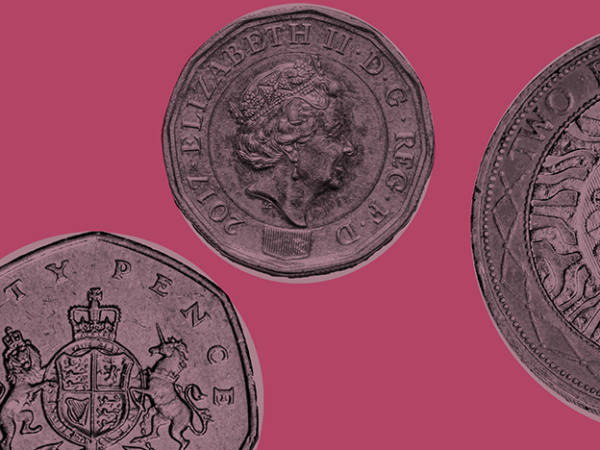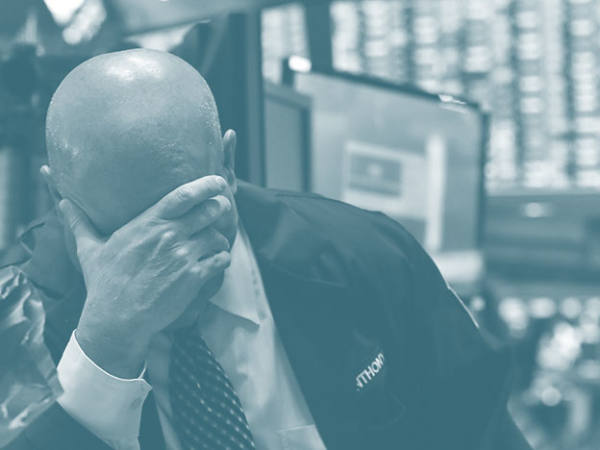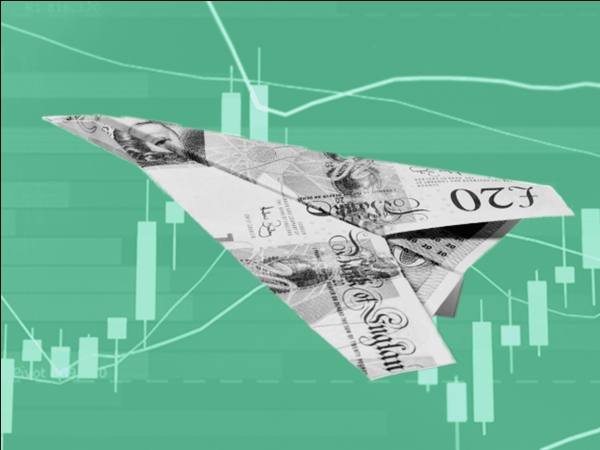Sure, its share price fell 7 per cent on the day and – at 3,240p – is 31 per cent below its 12-month high. But, perhaps as proof of investors’ persisting belief in Renishaw, consider what happened to shares in Vesuvius (VSVS), a company exposed to similar global trends. It dished out a warning on the same day as Renishaw and saw its shares utterly pulverised. The price fell 18 per cent on the day and – at 362p – is 44 per cent down on its one-year high.
Yet, in the scheme of things, Vesuvius’s warning was much more moderate. The supplier of consumables to foundries says weak markets mean its operating profits before amortisation for 2019 may be just £180m; but that’s only 7 per cent less than 2018’s £193m. By contrast, Renishaw says a 19 per cent drop in revenue for the first quarter of 2019-20 all but wiped out underlying pre-tax profits – the number fell from £32.1m in 2018 to £4.3m.
Despite this, Renishaw’s shares trade on a multiple of over 33 times forecast earnings for 2019-20, making another stark comparison with Vesuvius, whose shares trade on a multiple in single figures.
But which multiple is closer to being right? Or, to echo the opening line, to what extent should the hope of a wonderful tomorrow shape one company’s value, while another’s value is blighted by the drabness of the present. Because, as the table below shows, these two make an interesting contrast – one is all growth and efficient use of capital; the other has limited potential for growth but throws out lots of cash.
| Take two opposites | ||
| Renishaw | Vesuvius | |
| Share price (p) | 3,240 | 362 |
| Prospective PE ratio | 33.4 | 8.0 |
| Dividend yield (%) | 1.9 | 5.6 |
| Five-year sales growth (% pa) | 10.1 | 3.5 |
| Return on equity (%)* | 18.6 | 6.5 |
| Cash flow RoE (%)* | 8.7 | 6.0 |
| Free cash/net profit (%)* | 38 | 113 |
| Capex/Depreciation & Amortisation (%)* | 308 | 72 |
| Cash conversion (%)* | 53 | 83 |
| Cost of dividends/Free cash (%)* | 120 | 68 |
| Source: S&P Capital IQ; * data average of past 5 years | ||
And here’s the thing, it’s an axiom of finance theory that only cash matters; that a company’s value is driven solely by the discounted value of its future cash generation. In which case, Renishaw has lots of ground to make up. The ratios in the table are derived from the average of the past five years’ performance, making them heavy anchors that are likely to restrain future performance. So Renishaw may be weighed down by average free cash generation of just 38 per cent of net profits and cash conversion – the rate at which accounting profits are turned into operating cash flow – of just 53 per cent.
Vesuvius performs much better on these metrics, suggesting that even in miserable times it should be able to throw off the cash that funds its high-yielding dividends. It is telling that not once in the past five years, which includes a pretty ordinary year’s trading in 2015, has Vesuvius failed to produce enough free cash to cover the cost of its dividend. It’s even a fair bet that the trick will be repeated in 2019.
Granted, one reason why Vesuvius has been such a fine cash generator will restrict its future growth – the group does minimal amounts of capital spending. Capex consistently falls short of the amounts charged to write down the value of its assets in place and without that investment in capacity, efficiency, knowhow or whatever Vesuvius will struggle to grow.
Again, note the contrast with Renishaw, where revenue growth zips along at least in part because it is helped by lots of capital spending in relation to the group’s asset base. And one can hardly say that Renishaw’s capex is wasted. Its ratios for return on equity (RoE) are quite satisfactory. For accounting profits, its fat RoE is almost a given. What’s maybe more impressive is its 8.7 per cent cash-flow RoE since that figure is above even the most demanding cost of capital that could be imposed on Renishaw and it is achieved after all that capex.
Not that Vesuvius does too badly even on this score. Its cash-flow RoE is hardly thrilling, but recall that this is a ratio based on residual cash belonging to shareholders, all of which can fund the dividend that goes into that 5.6 per cent yield. In turn, that payout can grow in line with Vesuvius’s revenues, whose own growth is pretty much tied to the slow but almost remorseless rise in global gross domestic product (GDP).
Which leads to the main point of this exercise – to show the cheapness of Vesuvius’s shares after the market’s overreaction. Granted, I am biased since I hold them in the Bearbull Income portfolio. Even so, the steadiness of Vesuvius’s tomorrow is being underrated. Meanwhile, the glamour of Renishaw’s tomorrow – everyone ‘knows’ it is a takeover target once founder and chairman David McMurtry quits – remains fully in its price.










